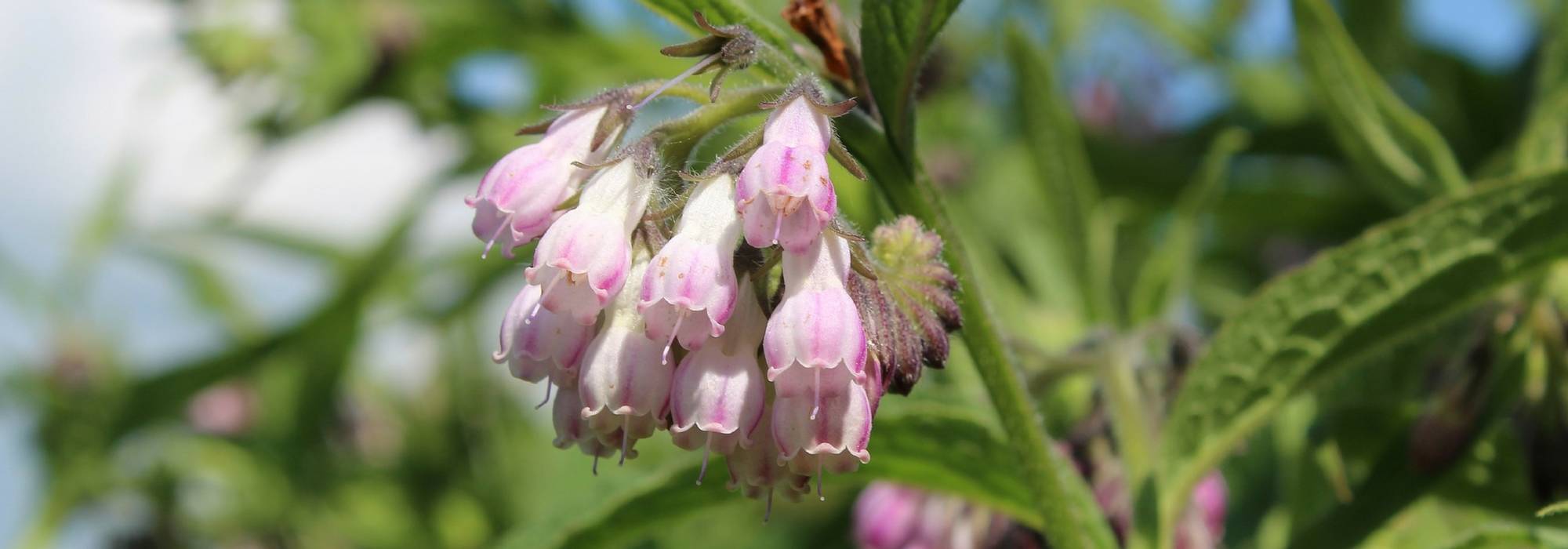
Comfrey manure: recipe, use and benefits
an organic, natural fertiliser for the garden
Contents
Comfrey manure is a natural “potion” highly regarded in organic gardening for its numerous benefits. Made from Russian comfrey (symphytum x uplandicum), variety ‘Bocking 14’, or from common comfrey (symphytum officinale), it is used alongside nettle manure, particularly on tomatoes, but it can be beneficial for all fruits and vegetables, and even in ornamental gardens.
Comfrey manure is available commercially, but you can very easily prepare it yourself. Discover the recipe to make your own comfrey manure or fermented extract and its uses in the garden and vegetable patch.
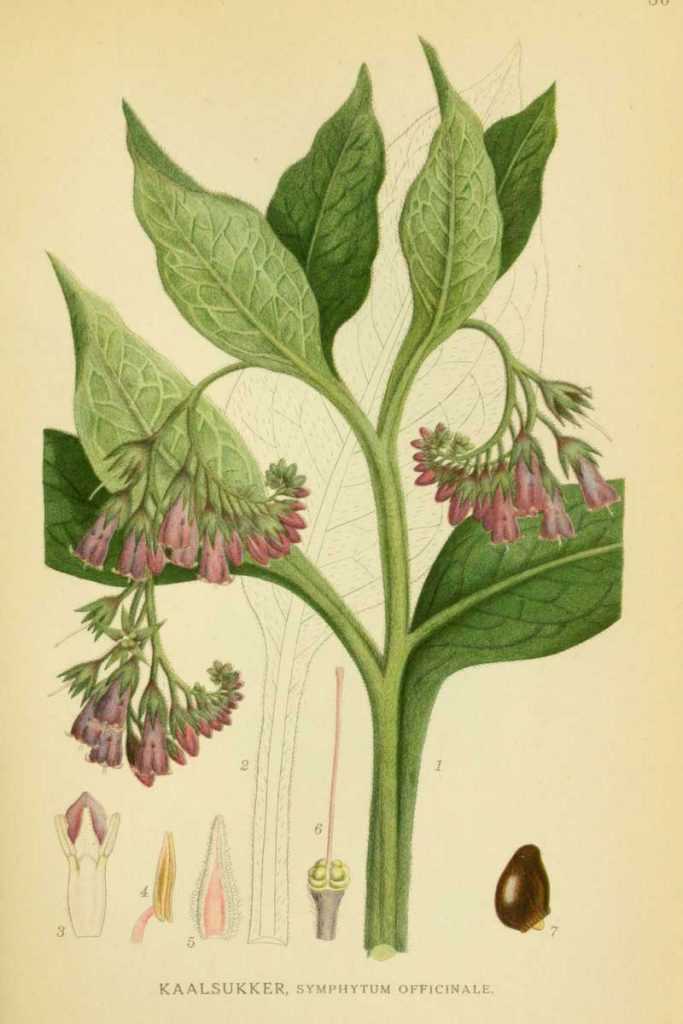
Common comfrey
The properties of comfrey manure
Comfrey manure has numerous benefits:
- comfrey manure has phytostimulant properties
More than just a fertiliser, the phytostimulant is a product that stimulates the growth of plants and their resistance to various aggressions (pests, diseases, drought, frost…). Comfrey manure is rich in allantoin, an active ingredient that stimulates the multiplication of plant cells, thereby accelerating flowering and increasing fruiting. It also contains potash, boron (which also promotes flowering), other trace elements, plant hormones, and natural vitamins. It is often used in conjunction with nettle manure.
- The fermented extract of comfrey is beneficial to the macro and microbial life of the soil.
Indeed, it stimulates the microbial flora and attracts earthworms that actively contribute to the natural fertility of the soil.
- Comfrey manure has no proven insecticidal or fungicidal action
Comfrey activates and strengthens the natural defences of plants, allowing them to effectively combat attacks from pests or diseases. The control is therefore preventive. Nevertheless, comfrey can be used to deter aphids and whiteflies, not as manure but as a decoction.
Read also
Nettle manure: how to make it?Which comfrey to choose for making manure?
All species and varieties of comfrey can be used to make your manure. However, it is advisable to choose Russian comfrey ‘Bocking 14’ or common comfrey.
- Comfrey ‘Bocking 14’ is a variety of Russian comfrey, Symphytum uplandicum (= S. peregrinum), primarily cultivated and non-invasive. Its seeds are sterile, and it only propagates by splitting the root. Highly productive when planted in a sunny and moist location, this comfrey produces a considerable amount of biomass. It draws large quantities of mineral elements from deep within the soil, which it returns during decomposition, either on-site or in the form of manure. Its composition is practically the same as that of good compost, with three times more potash.

Russian comfrey ‘Bocking 14’ (photo by Graibeard – Flickr)
- If ‘Bocking 14’ is unavailable, use common comfrey (Symphytum officinale). Easier to find, it is known to be resilient and somewhat invasive. To benefit from its properties, plant it in a secluded corner of the garden, away from other plants, as once established, it is very difficult to eradicate.
Discover other Symphytum - Comfrey
View all →Available in 0 sizes
Available in 1 sizes
Available in 2 sizes
Available in 2 sizes
Available in 1 sizes
Available in 1 sizes
Available in 1 sizes
Available in 2 sizes
Available in 1 sizes
Available in 1 sizes
The recipe for comfrey manure
To make your comfrey manure,
- Place 1 kg of fresh, chopped comfrey leaves in a non-metallic container (a bucket works perfectly),
- Pack it down and cover generously with 10 litres of rainwater.
- Leave to ferment for 8 to 10 days, stirring occasionally.
- Strain using a cloth.
- If you do not use all the manure immediately, store it in a clean, airtight plastic container. Theoretically, it can be kept for several months, away from heat and light.
- Before using, dilute your manure according to the intended use.
Read also
Nettle: a plant with many benefitsThe use of comfrey manure
How to use fermented comfrey extract?
To use your comfrey manure, it must be diluted (do not use it undiluted!). The dilution depends on the use and the age of the plants.
The different dilutions:
- at 5%, that is 0.5 litre of pure extract mixed with 10 litres of water for spraying on young plants in spring for a stimulating effect.
- at 20% that is 2 litres of pure extract mixed with 8 litres of water for watering at the base of the plants to promote fruiting, ripening and/or stimulate their immune defences.
Comfrey manure can be used for spraying or watering:
- For sowings and young plants, like nettle manure, to stimulate their growth.
- In the vegetable garden, during the growing season: water at the base of fruiting vegetables: tomatoes, aubergines, cucurbits, strawberries… As soon as the first fruits appear, then every 15 days, water at the base of the vegetable plants, particularly tomatoes, to stimulate fruiting. Also spray on the foliage of root vegetables: potatoes, beetroots, carrots, celeriac… Avoid using it on leafy vegetables that may bolt.
- In the garden, in general: it can also be used for watering flowering plants like roses. It is also beneficial for plants that tend to develop excessive foliage at the expense of balanced growth and fruit or root production. Comfrey extract rebalances the soil composition, particularly when it is rich in nitrogen.
- In compost, comfrey manure is a good activator: this is the only case where it can be used undiluted and poured directly. You can also add cut but unused leaves or the leftover leaves after filtering the manure.
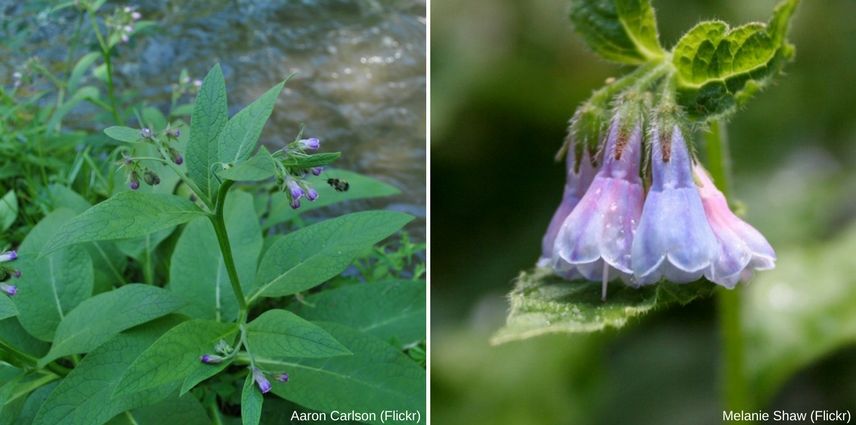
Common comfrey (Symphytum officinale)
Frequently Asked Questions by Gardeners
- Where to find Russian comfrey Bocking 14?
You will find Russian comfrey Bocking 14 from a few specialised nurseries. Common comfrey is more widespread: it is a wild plant that can be easily found in nature. If it does not grow near you, you can find comfrey seeds in our catalogue.
- What is concentrated comfrey juice?
This is another method of production. The leaves of the plant are fermented without water in an opaque container. After 2 days, you need to press to obtain a dark-coloured concentrated juice. Pure, this juice has disinfectant properties. It can be used on pruning wounds. You can also dilute it to 5% to spray on your fruit trees after pruning.
- Subscribe!
- Contents
































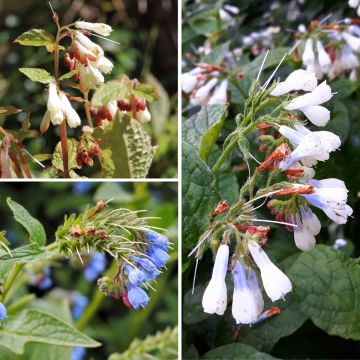
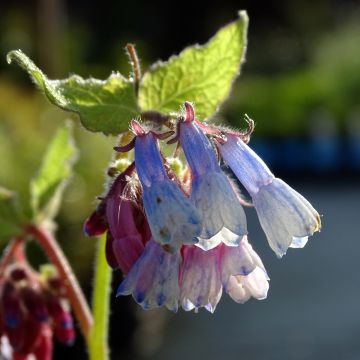
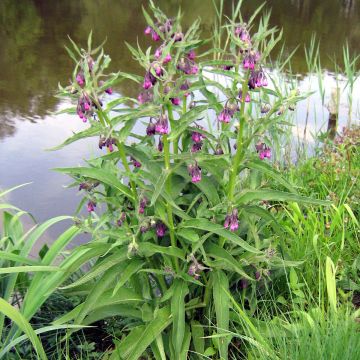
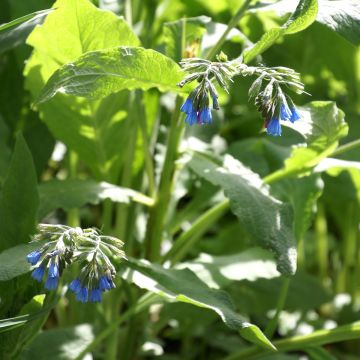
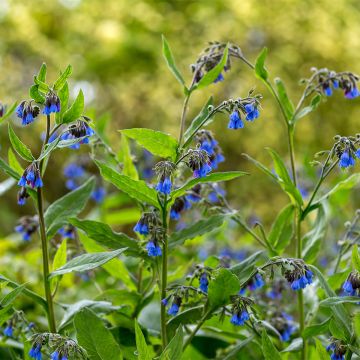
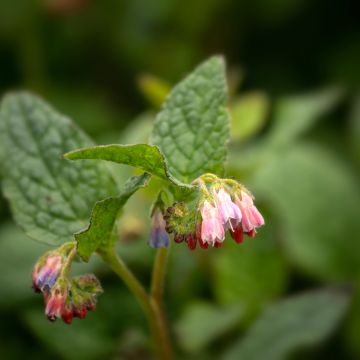
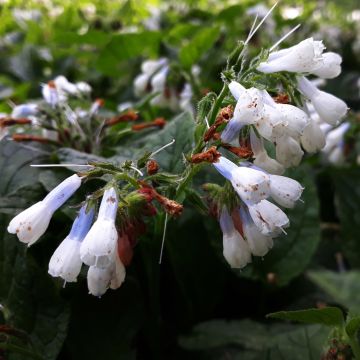
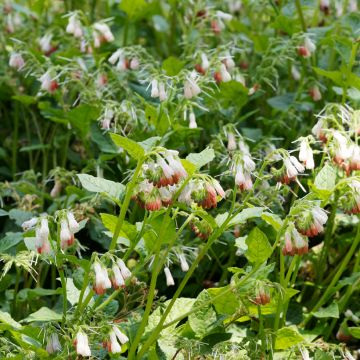
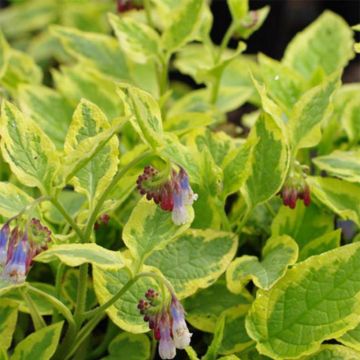
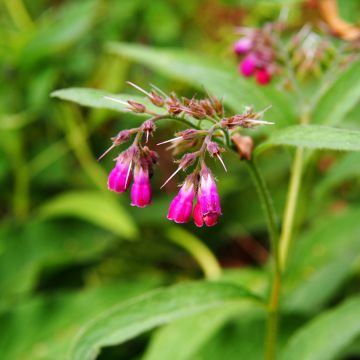
Comments